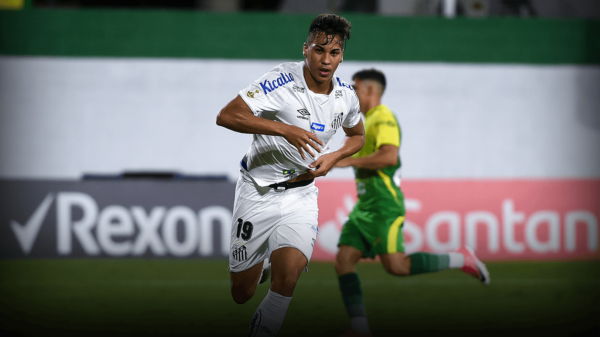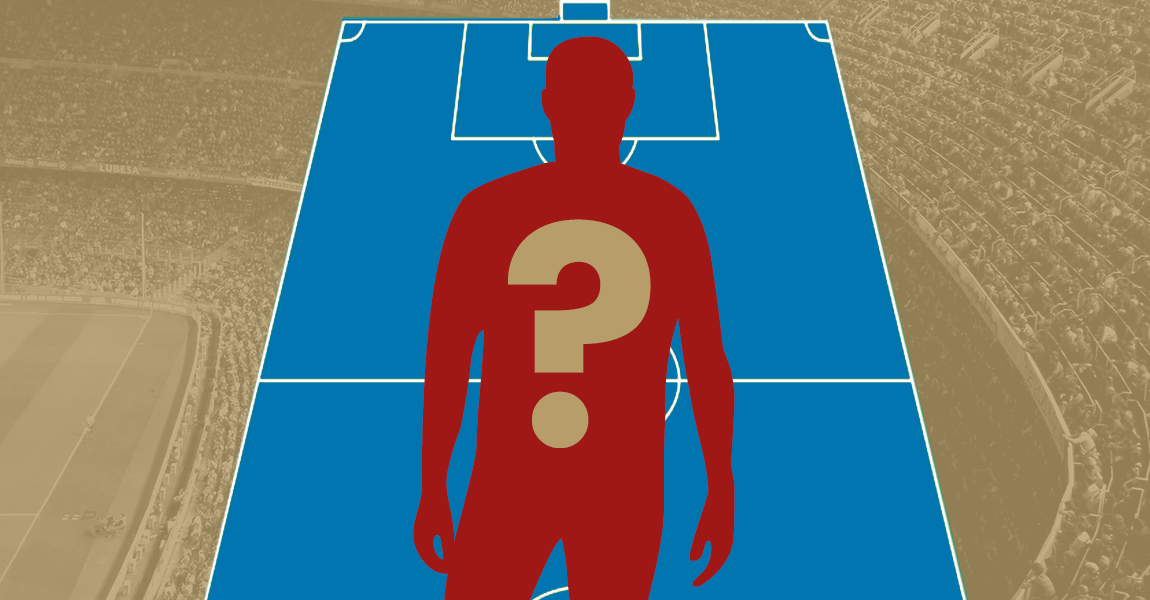Neymar netted twice to help put Brazil into the last 16 of the World Cup as his side flounced aside Cameroon on Monday night. The Barcelona star was at the crux of every move and scored once either side of a Joel Matip strike to ensure the Selecao would continue their World Cup campaign on home soil. Brazil No. 9, Fred finally got off the mark with his first World Cup goal in eight years, and although it should have been ruled offside, it stood and will give the Fluminense striker a major uplift. His goal gave Brazil some extra cushion, only to be topped by Fernandinho, who came on for Paulinho and added the clincher late to give Brazil an extra boost on its way out of the group stage.

Formations & Line-ups
Cameroon (4-3-3):Itandje, Nyom, Matip, N’Koulou, Bedimo, Enoh, Moukandjo (Salli 58’), M’bia, N’Guemo, Choupo-Moting (Makoun 81’), Aboubakar (Webo 72’).
Brazil (4-2-3-1):Julio Cesar, DaniAlves, Thiago Silva, David Luiz, Marcelo, Paulinho (Fernandinho 46’), Luiz Gustavo, Hulk (Ramires 63’), Oscar, Neymar (Wllian 71’), Fred.
Goals: Matip 26’; Neymar 17’, 35’, Fred 49’, Fernandinho 84’.
ANALYSIS
Cameroon’s new tactics fall flat
Much has been said about Cameroonian Coach, Volker Finke’s newly employed tactics. In the friendly against Germany on 1st June, these tactics worked brilliantly for his team, only to be trounced in their opening World Cup games against Mexico & Croatia owing to disintegration within the team and Alex Song’s dismissal. Against Germany, they sat back, broke up the game with a plethora of defensive midfielders, averted any threat with their strong back line, and broke out using their pace on the wings. It really worked. They had deciphered the issue of a lack of a creative force in midfield, with the raw physical ability of the front three making up for it, and could rely on their defence – probably the most positive aspect of the team until this point – to imbibe the pressure.
RELATED ARTICLES
Against Brazil, an inability to keep possession in midfield allowed Cameroon to carve out a number of chances, one of which was converted by Joel Matip to equalise in the first half. Defensive lapses abounded. Barring that, these tactics failed to disrupt their opponents’ attacking prowess. M’Bia, who was employed to sit deep in a 4-1-4-1 setup, and block Neymar’s link up play, failed to do so. Counter attacking opportunities were rare and the team’s anguish without their key players was subjugated by a strong Brazilian display in the attacking third.
Cameroon working the flanks
Cameroon’s approach was to win as many set-pieces as possible and then utilise their physique in the box.They focused most of their attacks down the right side, slipping into the space behind Dani Alves and using a combination of Aboubakar and Choupo-Moting to work lead-ins and pick out runs. Against Croatia, Aboubakar teamed up with Moukandjo on the right to put pressure on Danijel Pranjic, and its clear Finke believed he could have the same exultation using a similar method but that wasn’t the case. They pressed well, forcing mistakes in possession by Oscar,Paulinho and Gustavo to win possession back & create snap-shot chances but the absence of their usual target man upfront, Samuel Eto’o, miffed the Cameroonians and wasted plenty of opportunities.
Brazil’s mid-field balance & stability
Straight from kick-off, Brazil looked like the balanced, menacing outfit we’ve been longing for all tournament. It comes as no quirk that the instant the Selecao emerged to “turn up” was in the game Scolari stopped unnecessarily tampering with his team, employing the exact midfield setup he used to win the Confederations Cup in 2013.
Oscar on the left, drifting into space, dropping in crosses and tracking back; Neymar central, providing drive, conqueringmarkers and linking play; Hulk on the right, wideningplay and providing an outlet for the ball.Within a minute, Hulk had drawn a foul on the right after a sloping pass found him; his strength and ability down that flank hindered the opponent’s wing play – their key tactic. Luis Gustavo held things together in the centre of the park. His obstinate play against the Africans was complimented by smart attacking instincts – his steals, runs and the assist for Neymar’s opening goal was a major highlight of Brazil’s build-up play.
Key Player of the Match
Neymar |As it has been for most of Brazil’s campaign this World Cup, the trend continued with their star-man pitching in for an otherwise evident void upfront. Against a spirited but limited Cameroon, Neymar on his own was more than enough. His role as a problem-solver in this Brazil side is an accustomed one, but for 70 minutes his team-mates were giving him plenty of work and his work rate was up to it. Neymar dominated the gameplay particularly down the left in the opening minutes but found himself in the middle of the box on all the right occasions. His spectacular link-up with Oscar gives Scolari the suppleness of metamorphosing a 4-2-3-1 to a 4-3-3 while going forward. Neymar ensured his team ended the group stages on a rapturous high. Certainly, the Barcelona forward has tapped in to the sentiment and warmth of the World Cup.
Where does this leave them?
The score line insinuated a rout, but for long periods the performance told another story. Much like the new stadiums they are playing in, Brazil’s tournament is becoming a battle against time: a building job that remains fragmentary with just days to go until deadline. And of course there was jubilation at the end, but it was mitigated somewhat: perhaps by the knowledge that Brazil’s short comings would be more effectively exposed by the first good team they faced. It remains to be seen if Brazil’s bid to secure their sixth World Cup on home soil will fall on flinty ground. They will now face fellow South Americans, Chile in the second round.
As for their opponents who did put up a fight in the first half, Cameroon bid farewell to the competition after finishing at the bottom of their group with zero points from three outings. It would be specious to state that Cameroonian football has become the nervous wreck of African football; unlike many other countries, notably South Africa, they do at least typically qualify for the finals. The problem is what happens when they get there, for Cameroon is a story of misspent potential. The squad needs major rebuilding and Finke, if he stays in charge, faces several challenges to deal with, the rift between his own players being the primary concern.
This piece was written by Aman Sardana. Follow him on Twitter @amans95
Read all our World Cup 2014 content here



























































